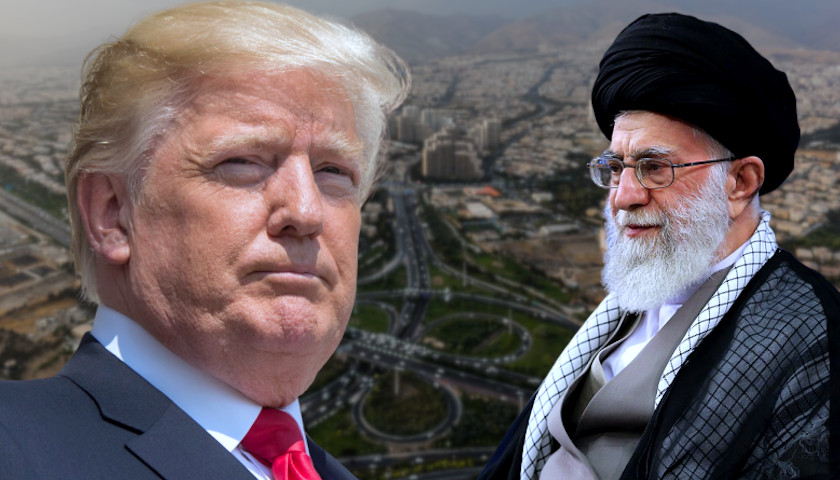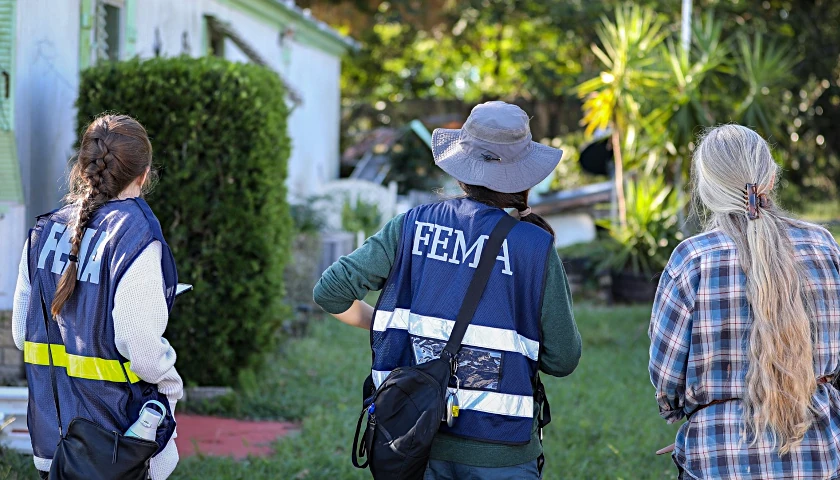by Angelo Codevilla
Does the U.S. armed forces’ killing of Qassem Soleimani, leader of Iran’s Islamic Revolutionary Guard Corps’ foreign wing, and his subordinate, Abu Mahdi al-Mohandes, outside Baghdad’s airport increase or decrease the chances of war with Iran? Does it mean a continuation of our disastrous endless wars?
These questions reflect confusion about war in general and the U.S.-Iran conflict in particular, engendered by two generations of incompetent U.S. statesmen. The following should clear that confusion.
In a sense, the U.S. government placed itself at war with a sector of Iran’s population in 1953 when it abetted one Iranian faction’s overthrow of another’s government as part of the Cold War against the Soviets, and then identified itself with the winners. Any people may regard another’s interference in its affairs as an act of war.
In 1979, when Iran’s 1953 losers became the winners, their enmity to America was not to be wondered at. At that time, Iran’s Islamic Republic seized the U.S. embassy and held its personnel hostage for 444 days in a classic act of war. Who started the U.S.-Iran war is disputable . . . and irrelevant.
Denied War
Wars, once begun, almost always end with one side bowing to the other’s version of peace. What is important is how wars end.
Everywhere, however, the U.S. government’s “best and brightest” have convinced themselves that military conflict is a chronic condition of life, that peace and war are outdated categories. Consequently, never having taken seriously the fact of war with the Islamic Republic, they tried to evade the question of how to establish peace—whether by surrender to whatever demands the Islamic Republic might impose, or by crushing it. But nothing cancels out the basic choice between war and peace.
As the Islamic Republic murdered U.S. Marines in Lebanon in 1983, killed U.S. troops during the U.S. occupation of Iraq from 2003 through 2009, and captured and humiliated a boatload of U.S. sailors in 2016, the U.S. government complained loudly and retaliated weakly. Dumb. If you are going to absorb a beating, crying advertises your impotence.
America’s responses—unserious sanctions—have been mindless compromises between trying to defeat Iran’s war and merely bearing it. All administrations judged that confrontation with Iran must not get in the way of their priorities. All have wanted out of this quandary. Nevertheless, all have acted to stay in it—with one partial exception.
President Obama tried to transcend it by surrender. Choosing peace largely on Iran’s terms, he gave up U.S. claims on Iran, dropped economic sanctions, released some $150 billion in frozen Iranian assets, and paid nearly $1.4 billion in U.S. hundred dollar bills. He hoped that Iran, appeased and strengthened, would balance other forces in the Middle East and allow America to “pivot” away. It was a coherent approach. But it did not secure peace because Iran, for its own reasons, judged it an insufficiently total surrender. We do not even know what the Islamic Republic’s notion of peace might be. In fact, it has chosen to continue, and even to increase its war on America—confident that America would keep it sub-critical.
Tit for Tat
President Trump, for his part, is even more determined than Obama to leave the Middle East to its own devices. But he intended to try forcing Iran into peace by restoring and tightening U.S. sanctions, and by backing Iran’s Sunni Arab opponents even more strongly. In short, Trump would up the ante in response to Iranian provocations.
But Iran was sure to raise the stakes. At what point would Trump raise and “call?” What would Trump do to actually force Iran to be peaceable? That was never clear. The multiplication of harsh words was sure to become counterproductive: every time you remind an enemy of your power, you reassure him that you won’t use it.
Trump had been elected promising to withdraw from the Middle East’s wars and to be tougher on Iran.
Iran’s 2019 attacks on ships in the Strait of Hormuz were surely meant to force Trump to choose between two potentially incompatible promises. Trump’s initial reaction was to order a strong response. Then he countermanded his order, perhaps conscious that the American people rightly fear that U.S. bombs would eventually be followed by U.S. soldiers kicking down doors to try pacifying another “shithole” country; or perhaps because he, too, could not imagine harsh action against Iran that did not lead to just that. But since public opinion barred him from doing nothing, he imposed some inconsequential sanctions and pretended.
But Iran pressed its tactic, and, as 2019 ended, killed and wounded Americans.
Killing Soleimani and his associates raised the stakes, but did not “change the game.” Yes, the general was very good at his job and is unlikely to be replaced by anyone as competent. But Iran’s strategy never depended on him.
Yes, the U.S. government action showed remarkable military technology. But Iran has always known about that. Nor was this any intelligence coup, since it seems Soleimani was traveling quite openly.
There is every reason to believe that Iran will continue its provocations, especially given the upcoming U.S. election because—and this is the key point—there is no discussion within the U.S. foreign policy establishment of how actually to force Iran to be peaceable.
Remember: Obama tried surrender and failed.
What Does Peace Take?
Tit-for-tat cannot secure peace because it does not settle the war one way or the other. The U.S. establishment seems to believe that it can continue in the quandary so long as attacks do not outrage American public opinion as 9/11 did. In which case . . . what?
The 9/11 attacks forced the establishment to act. But in acting the establishment did not and does not ask: “How do we end this war?” It knew only bombings, invasions, and occupations aimed at “democracy.” How do we re-establish the respect and fear which had made peace possible? And if we don’t do it now, how do we do it after Iran acquires nuclear weapons?
Here is a suggestion.
Because America is the world’s sine qua non economic power, U.S. “secondary sanctions”—meaning we will not trade with anyone who trades with the target country—are potentially deadlier than atom bombs. Trump added secondary financial sanctions as part of his revocation of Obama’s “Iran deal,” reducing Iran’s oil sales to a trickle. Compared to that measure of war, bombing a few ports would have been nothing.
Were the United States to place secondary sanctions on all manner of goods, especially food, the effect would be far greater than an invasion by the entire U.S. army. How the Iranian people would deal with the choice between starving and ending their government’s war on America would be their business.
Correctly, U.S. officials have come to realize that the public despises them as weak if they fail to respond to Iranian provocations and that, if they fight, the public accuses them of incompetent warmongering. Americans rightly despise the establishment’s weakness and fear its force. It could hardly be otherwise, since few alive have experienced U.S. military action as anything but sacrifice of ordinary people’s blood and treasure in pursuit of an incompetent establishment’s gauzy goals. President Trump’s words swelled the American people’s expectations.
But as America adopts the establishment’s nonchalance in the face of attacks on its honor, it inures itself to outrage without evident end.
Nations, after all, exist only to the extent that they are respected and honored, first by their own citizens or subjects. If flags are not honored, if they elicit other than respect, they are meaningless, or worse.
– – –
Angelo M. Codevilla is a senior fellow of the Claremont Institute, professor emeritus of international relations at Boston University and the author of To Make And Keep Peace (Hoover Institution Press, 2014).
Photo “Donald Trump” by Chairman of the Joint Chiefs of Staff. CC BY 2.0. Photo “Ayatollah Ali Khamenei” by khamenei.ir. CC BY-SA 4.0. Photo “Tehran” by Diego Delso. CC BY-SA 4.0.




